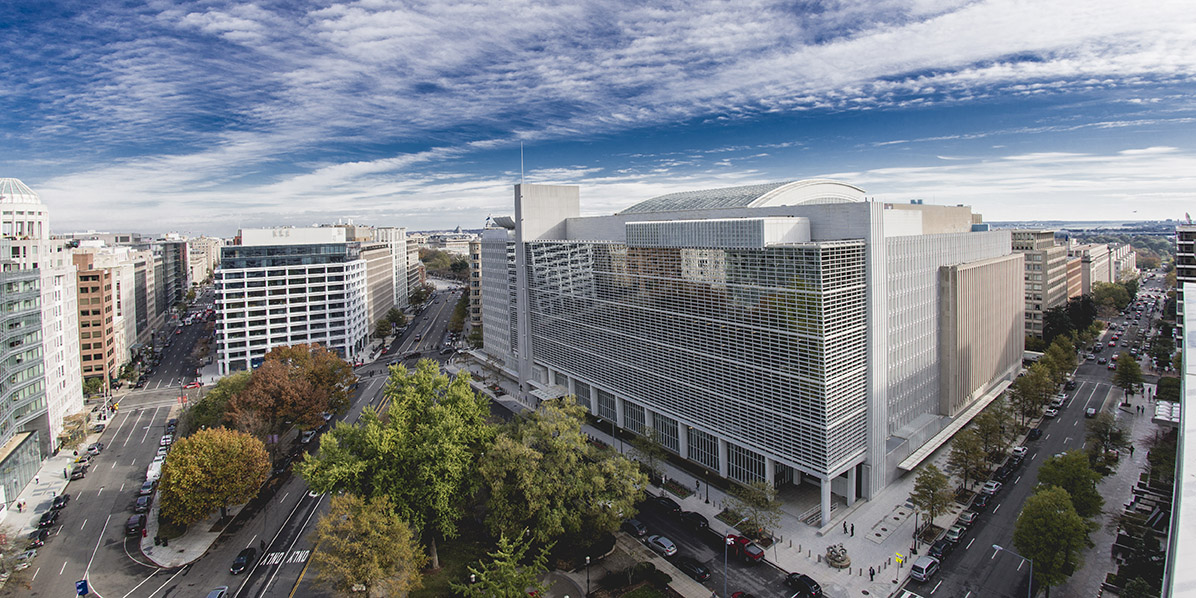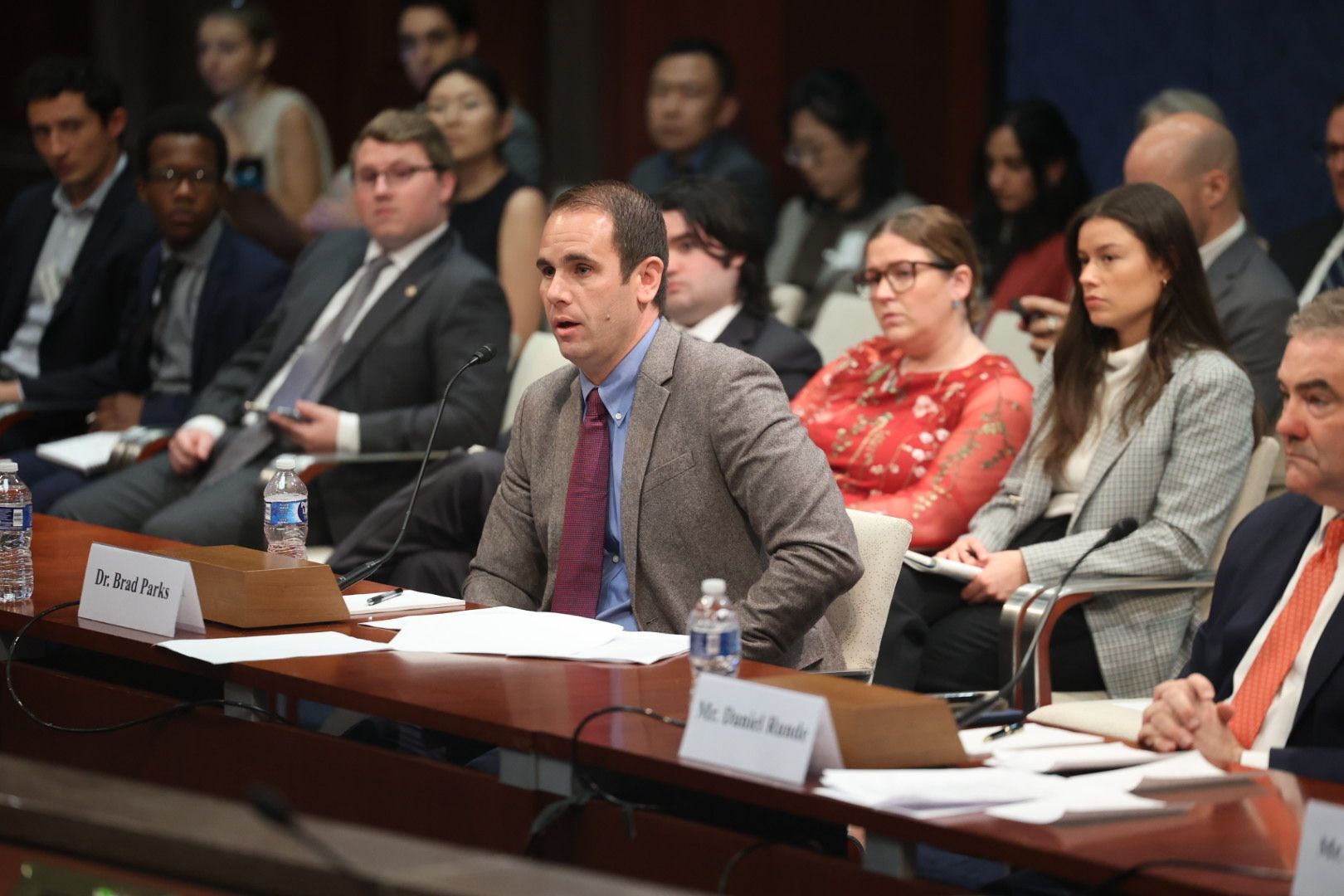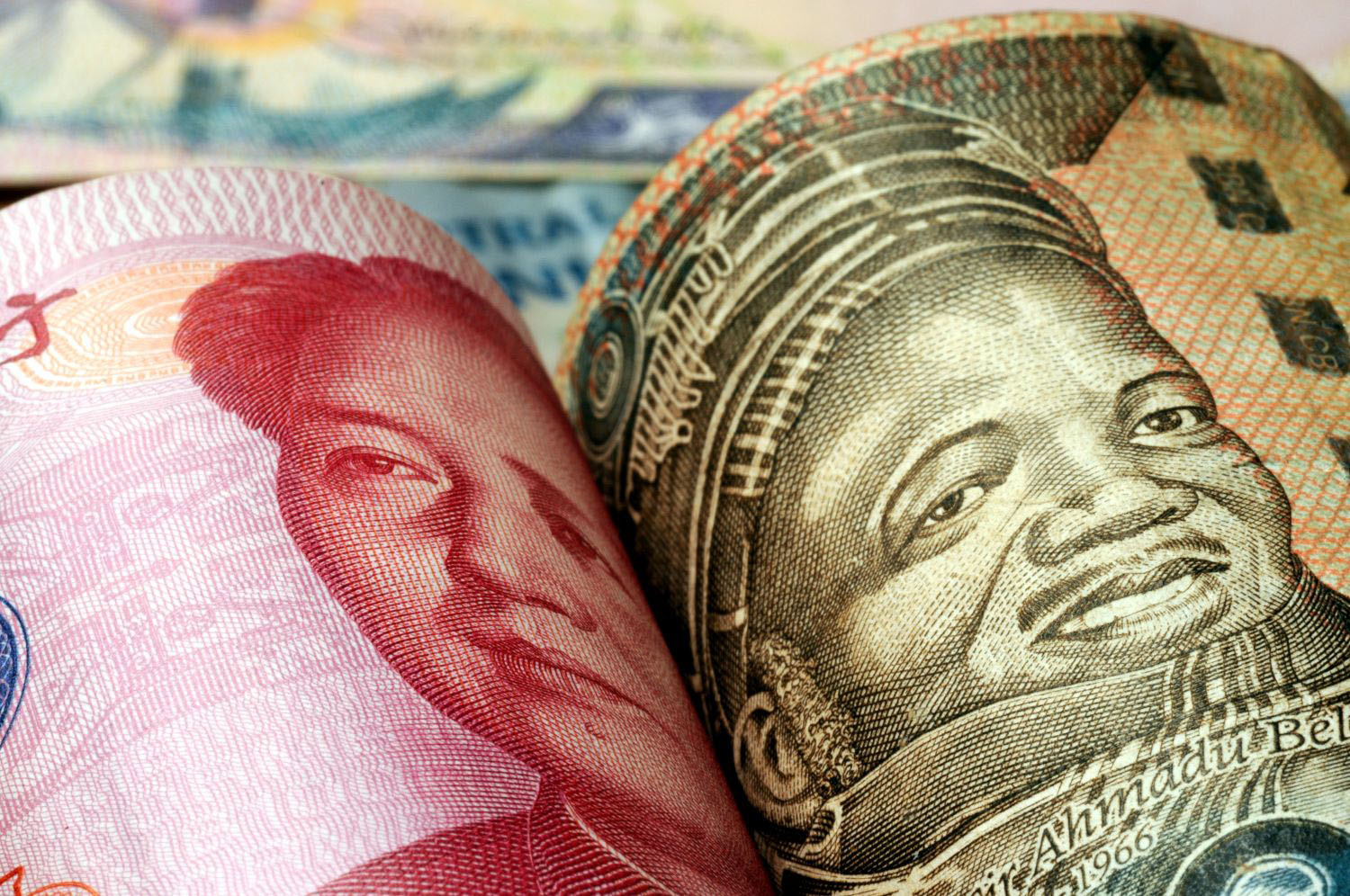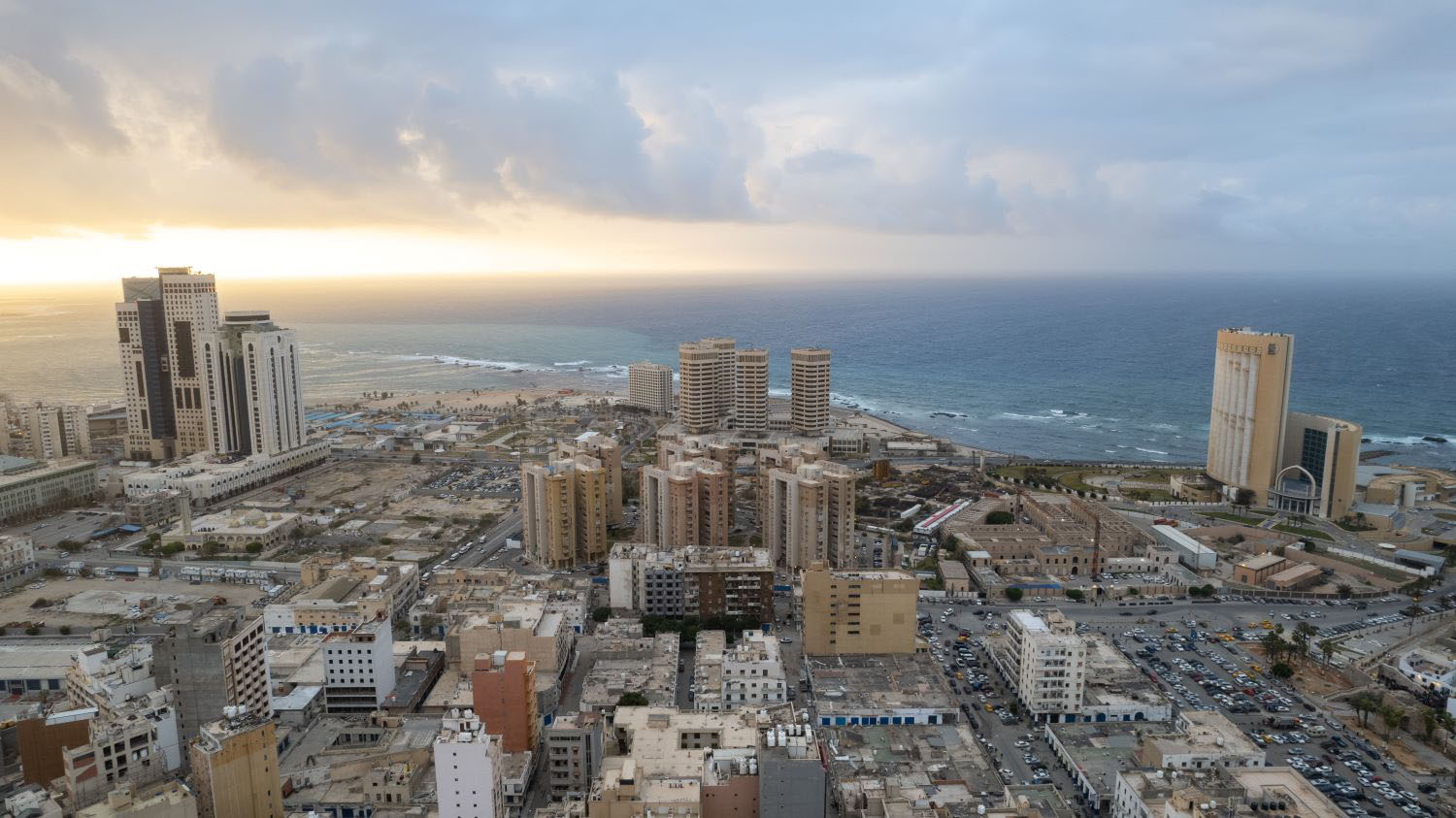Recommended
Do China and the US share an interest in a bigger, better system of multilateral development banks (MDBs)? Before dismissing the question as naive at a time of rising bilateral tensions and disputes, take a moment to explore the logic.
First of all, why focus on MDBs?
The MDBs are the largest public source of external climate finance, collectively committing $61 billion last year to developing economies. And the World Bank’s window for the poorest countries, IDA, is the largest single source of concessional climate finance for countries highly vulnerable to climate change. Financial intermediary funds, another important source of concessional finance, direct most of their climate finance to middle-income countries.
But we know that current MDB financial capacity is dwarfed by huge global climate and development finance gaps. The report of the independent Experts Group (IEG) to the G20 projects that developing countries will need an additional annual $3 trillion by 2030 to meet both development and climate-related needs. The report outlines a plausible scenario for reaching that goal, with $2 trillion coming from domestic revenue and local finance and $1 trillion a year in external flows.
Where will these external flows come from? The report suggests that half can come from private investors and the other half from public sources, mostly MDBs. To play their critical role, and to have a realistic chance of meeting global needs, MDBs as a system must triple their annual concessional and non-concessional finance to $390 billion by 2030.
So why should the US and China collaborate to greatly expand MDB financial capacity and adapt the MDB model to meet the needs of the 21st century?
First because they both have an interest in the aid burden-sharing that MDBs offer. The US and China are the two largest economies and the two largest greenhouse gas emitters. The world rightly looks to them to shoulder major responsibility for funding both climate mitigation and adaptation investments in developing countries. But aid volumes for both are constrained, for different reasons. US fiscal space and Congressional support for increased aid are limited, while China favors a development strategy more focused on commercial opportunities than aid.
Second, the MDB financial model is efficient, which should be attractive to both countries. A dollar of MDB capital leverages 3–5 dollars of lending capacity. And only a small share of shareholder capital needs to be actually paid in. The IEG report estimates, for example, that to triple lending capacity at the International Bank for Reconstruction and Development (IBRD), the World Bank’s arm that does nonconcessional lending, all shareholders together would have to pay in capital totaling only $24 billion spread over five years.
Third, the MDBs are better placed than bilateral institutions to help countries integrate development and climate-related objectives into their investment and policy choices. MDBs have the global presence, strong project origination capacity, ability to combine climate and development diagnostics, best-practice environmental, social, and governance (ESG) standards, technocratic credibility, and the financial and non-financial tools to engage both the public and private sectors. MDBs offer degrees of political separation that make their policy prescriptions more palatable to country clients. Policy and investment priorities perceived as driven by other governments, including the US and China, inevitably and understandably raise political hackles.
Fourth, the US and China bring complementary strengths as shareholders of the MDBs. The US (along with other G7 countries) brings an essential focus on private finance, policy and institutional reforms to build sound investment climates, and strong ESG standards. For its part, China has a long track record of pursuing infrastructure-driven development at home and abroad, and has also learned some hard lessons about project quality and debt sustainability along the way.
Finally, both countries share an interest in strengthening the current underperformance of the MDB system to help boost sustainable growth in countries that should be rapidly growing export markets. At a time when many countries face a high-debt-slow-growth scenario, MDBs should act countercyclically, offsetting private capital outflows. Yet last year net transfers for nonconcessional lending from MDBs were negative, with repayments exceeding new loans, adding nearly $40 billion to private net outflows of $200 billion. (Fortunately, MDB concessional flows, especially from IDA, showed a small net inflow.) That said, countercyclical MDB finance is no substitute for more action on debt relief from China: both are necessary given the magnitude and urgency of development and climate-related investment needs, including adaptation and resilience investments in the most vulnerable countries.
So what are the near-term decisions that offer key chances for bilateral cooperation?
IDA replenishment. Donor contributions need to rise to $30 billion or more to reach the goal of a three-year IDA21 replenishment totaling $100 billion. The US as the largest donor must lead. And China, now the sixth largest donor, should take its rightful place as a top donor. As a separate issue, rightsizing China’s IBRD share can be addressed in the 2025 IBRD shareholding review.
Capital adequacy reforms. There is still more space for stretching existing MDB capital, as outlined in the capital adequacy framework (CAF) report to the G20, to expand combined MDB lending capacity beyond the $300–400 billion over ten years already announced by MDB heads. The US has led here, but China could make a real difference by reinforcing the importance it attaches to efficient capital utilization.
MDB general capital increases (GCIs). Here China has been a strong voice, making the case for a GCI in the World Bank. The US has already supported GCIs for IDB Invest (the Inter-American Development Bank’s private-sector arm), based on its new strategy, and for the European Bank for Reconstruction and Development, responding to Russia’s invasion of Ukraine. No one would expect the two countries to have identical agendas for MDB evolution and financial size. But US fears of larger MDB shares for China ignore the win for the US if China takes on more responsibility for increasing MDB capital and lending capacity: why shouldn’t China be expected to contribute capital to these institutions commensurate with its economic size and share of global emissions? The US remains the world’s largest economy and will maintain its preeminent share of capital in most MDBs and its dominant voice in their governance. (It is the largest shareholder or largest non-borrowing shareholder in all major MDBs in which it is a member.) And for China’s part, the importance and value of MDB investment origination and policy strengths should now be very clear as the political and financial consequences of those of its bilateral loans that were unsustainable unfold.
If China and the US can find enough common ground, they can accelerate agreements on both additional MDB capital and reforms. Speed matters: the planet’s climate clock is ticking ever more loudly.
Disclaimer
CGD blog posts reflect the views of the authors, drawing on prior research and experience in their areas of expertise. CGD is a nonpartisan, independent organization and does not take institutional positions.
Image credit for social media/web: Bumble Dee / Adobe Stock






